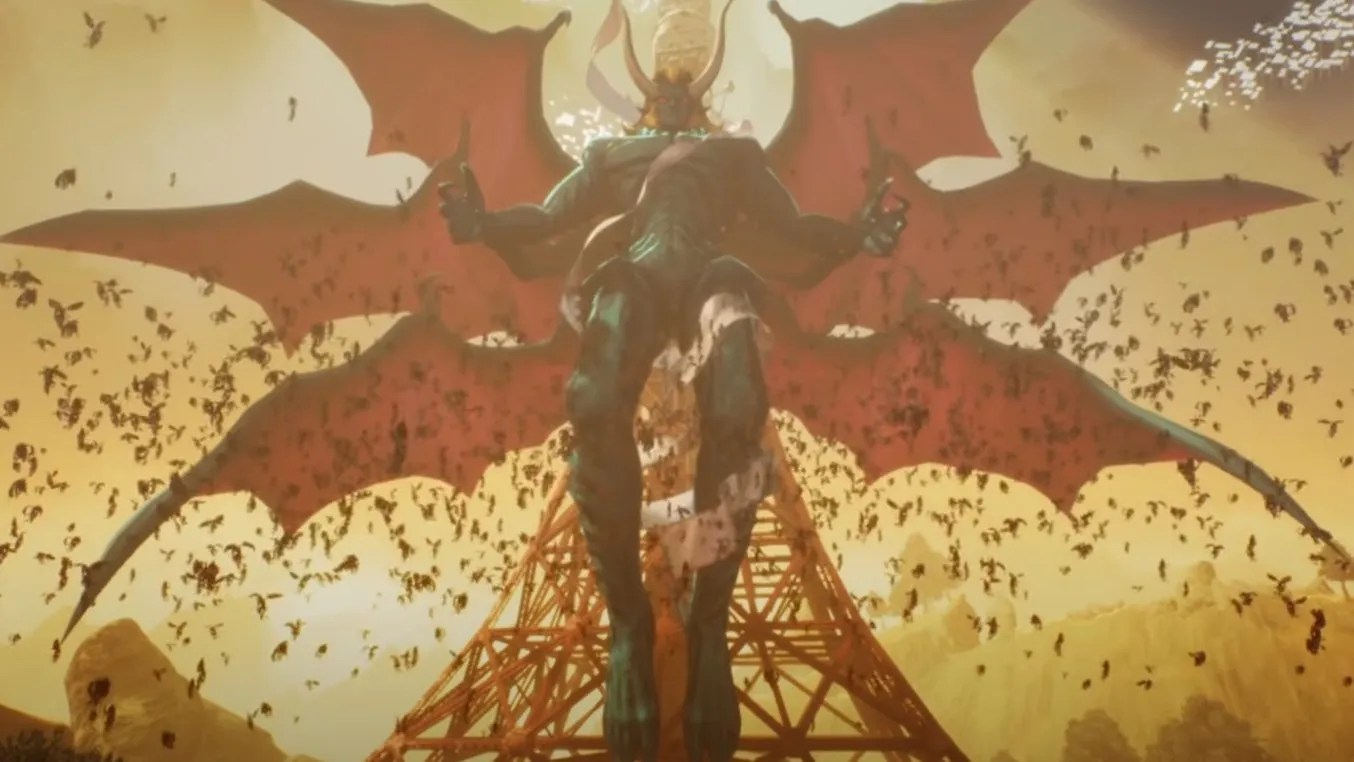The nameShin Megami Tensei 5would seem to imply that relatively fewShin Megami Tenseigames have been released over the franchise’s lifespan of more than thirty years. Five games in thirty years definitely would seem like a sparse timeline, but as anyShin Megami Tenseiveteran knows, there’s way more games in this series than a game calledShin Megami Tensei 5would imply.Shin Megami Tenseijust keeps spinning off of itself, even as the core series keeps running strong. Atlus has found no shortage of ways to interpret theMegami Tenseiformula and present it in different lights.
Longtime fans ofShin Megami Tenseiare probably able to keep all the games straight by now. However, this is a time where fans might just be getting into the series.Persona 5’s huge successis bringing fans into its parent series, andShin Megami Tensei: Nocturne’s upcoming Switch port is bound to generate some newSMTfans too. Players are under no obligation to play everyShin Megami Tenseigame to understand what’s happening, since they’re almost all standalone stories. Still, it’s valuable to have a surface awareness of all the games that have gottenShin Megami Tenseito where it is today.

RELATED:Shin Megami Tensei 5 Wish List
The Core of Shin Megami Tensei
The firstShin Megami Tenseigamereleased exclusively in Japan in 1992, kicking off the franchise well as a large success. In the first game, a Japanese scientist accidentally summons a tremendous demonic invasion that ravages the Earth and prompts other nations to wage war in an attempt to stop the demons. The game takes place thirty years after the first demonic incursion and sees the player make choices between law and chaos.Shin Megami Tensei 2is technically a direct sequel, taking place many years later as the player character – who believes he is the Messiah – sets out into a world still overrun by demons.
Shin Megami Tensei’s habit of unconnected stories emerged withShin Megami Tensei 3: Nocturne,which was also an early example ofMegami Tensei’s habit of high school aged protagonists. InSMT 3: Nocturne, a demonic cult plunges the world into a fiendish apocalypse and the game’s teenage protagonist becomes a powerful being called the Demi-fiend. After that wasShin Megami Tensei: Strange Journey,which sent the player to Antarctica to investigate demonic forces there.Shin Megami Tensei 4differed significantly from past games in that it was set in medieval times, focusing on a samurai tasked with stopping a mysterious villain turning humans into demons. It got its own spinoff in the form ofShin Megami Tensei 4: Apocalypse.

There’s a few noteworthy spinoffs ofShin Megami Tensei. One of the earliest wasShin Megami Tensei: If…, which focused on fighting demons in a high school instead of a large apocalyptic scale, and ended upinspiring thePersonafranchise.Shin Megami Tensei: Ninewas supposed to be Atlus' stab at an online multiplayerSMTgame, but it didn’t quite shake out as planned. This spinoff set between the first and secondShin Megami Tenseigames instead released as a singleplayer experience.Shin Megami Tensei: Imaginesucceeded whereShin Megami Tensei: Ninefailed, developing an acclaimed MMORPG set in the same time asNine.
RELATED:Why Persona 5 Fans Should Check Out SMT3 Remake and SMT5

The Greater Megami Tensei Series
There’s tons of spinoffs outside ofShin Megami Tenseithat still belong to theMegami Tenseiseries and still sometimes use theMegami TenseiorShin Megami Tenseimoniker. One of the most important isDigital Devil Story: Megami Tensei,which actually came out before the firstShin Megami Tenseigames.Digital Devil Storyand its sequel are based on a series of science fantasy books by Aya Nishitani.Digital Devil Storyis responsible forthe entireMegami Tenseifamily’s themesof demon summoning and turn-based RPG combat – in other words, all roads lead toDigital Devil Story.
ThePersonafranchise is another huge spinoff ofShin Megami Tensei.Personacan be split up into two halves consisting of three games each.Revelations: Personaestablished the franchise’s themes of teenagers using the Personas within them to fight supernatural forces, andPersona 2’s two versions,Innocent SinandEternal Punishment, carried them on. Notably, both games involve fighting demons attacking the physical world, much likeSMT.In contrast,Persona 3, 4, and 5all limit teenagers' Persona powers to another part of reality, where they can still fight demons and somehow affect the human world. They’re also considerably more stylized in terms of art and music than the firstPersonagames, distancing thematically fromSMT.
These are only two of the most important spinoffs ofShin Megami Tensei; there’s a great many more.Shin Megami Tensei: Devil Childrenis a more kid-friendly take onSMT,borrowing colorful aesthetics fromPokemonover the course of several entries mostly released in the early 2000s.Last Bibleis another franchise targeted at a broader audience, using monsters instead of demons and largely taking place in medieval settings. TheDevil Summonerfranchise offers broad takes on devil summoning RPGs, from games set in sci-fi future Japan to Japan in the 1920s. There’s alsoMajin Tensei,a series of strategy games from the 1990s and 2000s. One thing’s for sure:Atlus hasn’t run shorton ways to make use of the franchise.
Shin Megami Tensei’s Future
It should be stressed again that players just getting intoShin Megami Tenseidon’t need to feel obligated in any way to play any of these many previous games. Atlus has produced an unbelievable amount of content for this IP, and playing through all these games would be a Herculean task.Shin Megami Tensei 5,like so manyof its predecessors, is a standalone title, and doesn’t require any previous knowledge of an ongoing plot to play. Fans should feel free to jump intoShin Megami Tenseiat its long-awaited Switch exclusive. For anyone who enjoys the newestShin Megami Tenseigame, though, there’s clearly no shortage of options to scratch thatShin Megami Tenseiitch. In fact,Shin Megami Tensei 5might just be the catalyst for a retro revival of many of Atlus' greatest works.